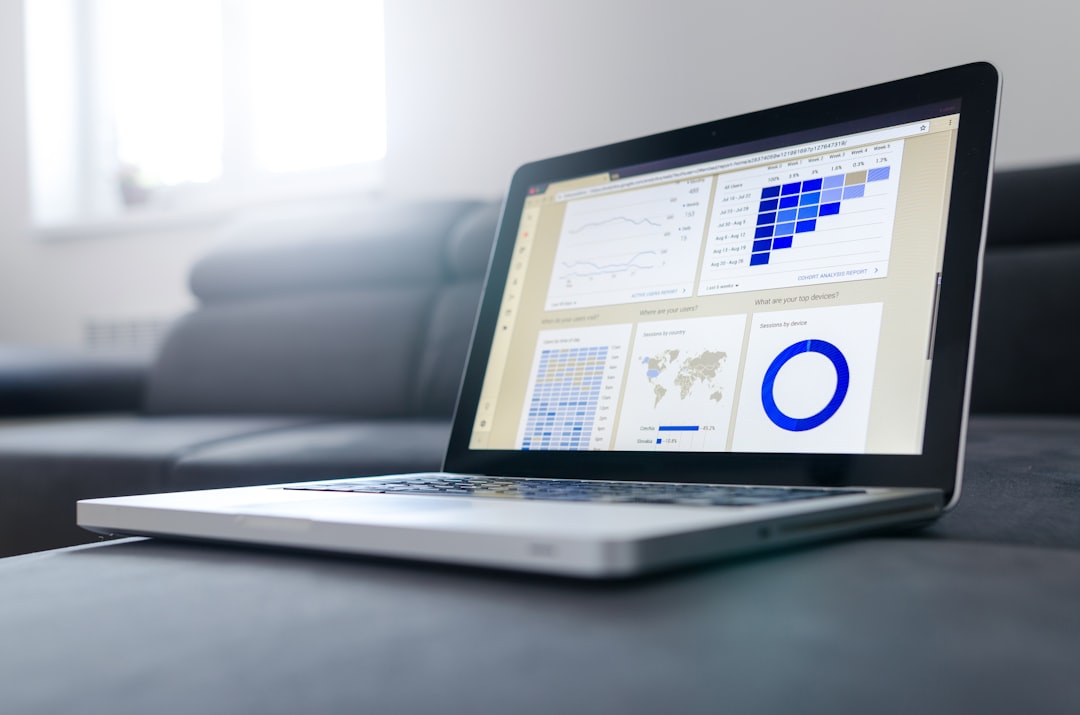Data visualization makes it easier to digest information and identify trends and insights within data. There are many types of visualizations that business users can utilize such as bubble charts. Also called a bubble plot or a bubble graph, this type of chart is used when a third dimension is needed to provide richer information to readers. It’s a relational chart that compares three variables represented on two axes, an x-axis and a y-axis, and the size of the bubble.
Bubble charts visualize a critical third dimension that’s not dependent on the first two dimensions. This chart type is useful when studying relationships but not for representing exact data. The growth rate of a bubble’s size provides an estimate and the context with which to read the growth rate against the other two dimensions. Take a look at when to use a bubble chart and the best practices of creating one.
Why Use a Bubble Chart?

A bubble chart is the best way to answer a binary question such as the relationship between three variables. The increasing and decreasing bubble size can help readers understand how dimensions of data shift over time, such as when looking at population data. This type of chart is often used to convey financial data, specifically valuation and investments. The financial industry can use bubble charts to study the cost of valuation against risk using standard axes to represent cost and value and the bubble sizes to represent risk.
Bubble Chart Best Practices

When it comes to how to create a bubble chart, it’s a good idea to follow best practices to avoid confusion. Unlike scatter plots, which provide more data as the number of data points increases, bubble charts get confusing when representing a large amount of data. Too much data causes bubbles to overlap and leads to readers drawing the wrong conclusions. Negative values should never be represented on a bubble chart as circles can’t have a negative area. You can use empty circles to represent negative values and full circles to represent positive values if necessary, however, most bubble charts only convey positive values.
How to Interpret a Bubble Chart

The first step of creating a bubble chart is to plot the vertical axis and the horizontal axis. These variables are used for a pre-existing relationship or to determine if there is a relationship between the chosen variable. The size of the bubble represents the importance of a parameter. When looking at population data, bubble size represents the population size of each country included. When looking at business data, bubble size represents audience size, potential value growth, store size, and other size-based parameters. The best way to represent large sets of data individually is to use bubbles of different colors to denote differences.
Bubble charts highlight specific characteristics of the chosen data sets. Outlier bubbles provide vital information when they don’t behave like other bubbles within the chart. A gap in a bubble chart requires further investigation to determine if there are missing data. Clusters are the opposite of outliers. They’re groups of bubbles around the same, overlapping space on the chart, such as clustered geographical regions. As with all data visualizations, it’s imperative to ensure all included data sets are error-free and that all comparisons are made using data that has been collected with the same methods.
There are alternative data visualizations to the bubble chart. Scatter plots look similar to bubble charts, but this type of chart only measures two variables. Categorical column charts don’t look like bubble charts, but the intention is similar. This chart type uses bar charts to directly compare values and provide immediate information in support of business decisions. Cherry charts are similar to scatter plots, but rather than use bubble sizes, they use a stalk length to indicate volume.





